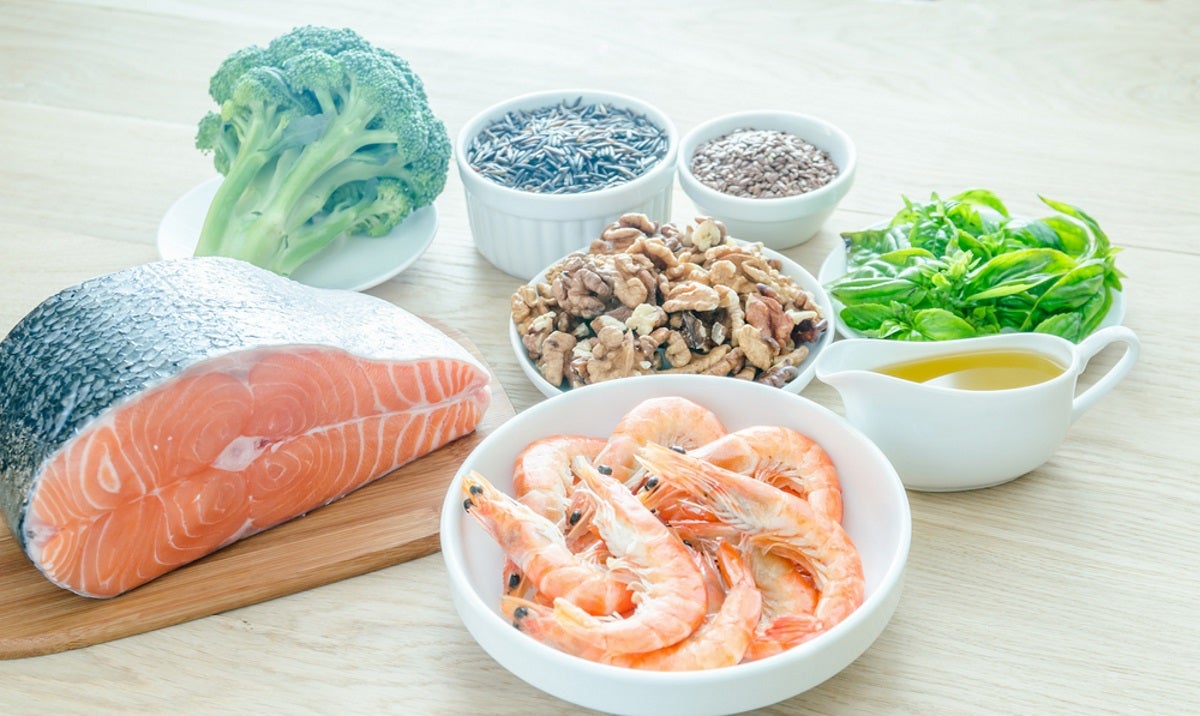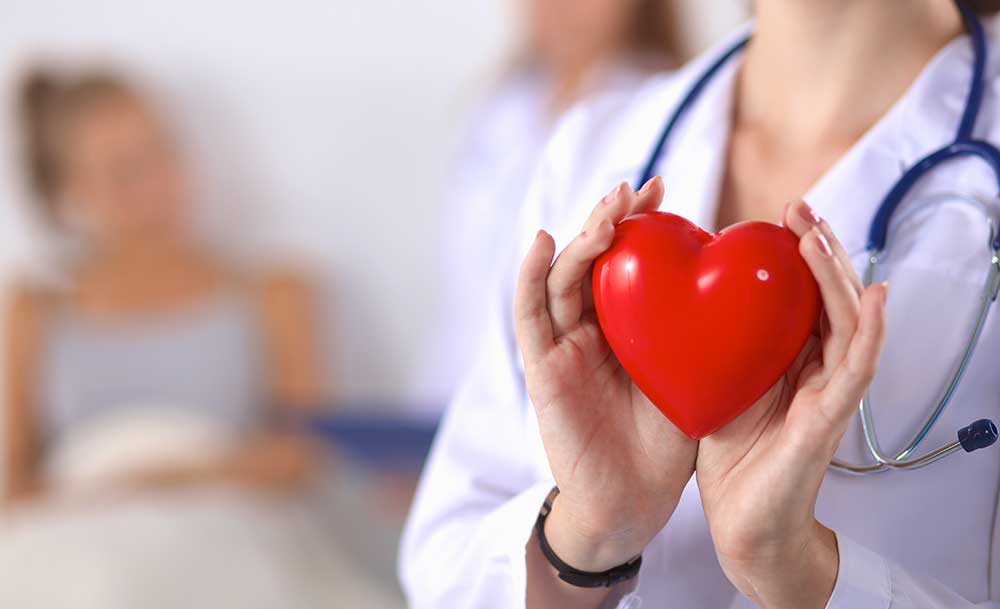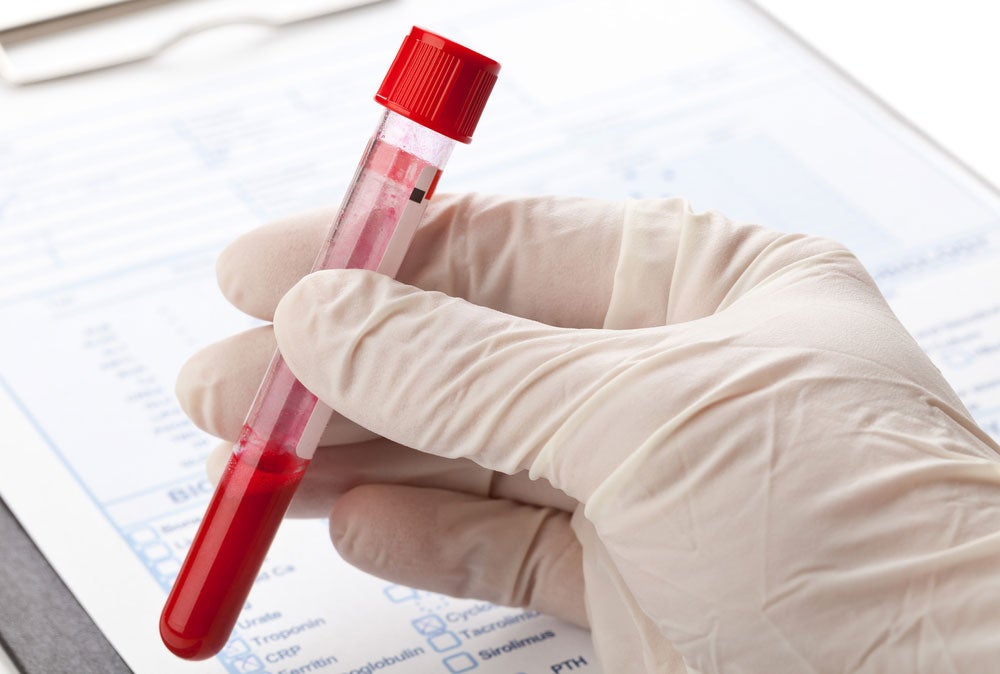Easy Ways to Manage Endometriosis Pain at Home
Women with endometriosis can experience frequent pain which can take over their lives if it is not managed. For some, the pain may occur all day, every day, while for others it might only occur during certain points in the menstrual cycle. The pain can range from dull and annoying so that you can function albeit uncomfortably, or it can be very intense and overwhelming so that you are left alone in bed.
Finding successful pain relief for endometriosis may take some trial and error. Besides working with your medical team to find successful pain management for endometriosis, there are some ways you can try to manage pain at home.
- Warm bath.
Soaking in a warm bath can be soothing and relaxing. It can be especially helpful to create a peaceful mood with a light calming scent, soothing music, and candles. You can also read a good book in the tub so you can spend some time mentally relaxing while the warm water soothes the hurting areas and relaxes cramping and tight muscles.
- Heating pad.
Whether you are at home, work, or town, a heating pad can be helpful. There are several different options you can try, including traditional electrical ones, patches to stick directly on your skin, microwaveable versions which you can make with a clean sock and rice, or a hot water bottle. You may find it most comfortable to alternate choices, and you should never sleep with a heating pad in case of burns.
- OTC pain medications.
Over the counter pain medications can be helpful, especially if taken before the pain is too intense. They may also be effective if used with other home remedies such as a heating pad or warm bath. Never exceed the dose listed on the bottle and do not mix medications without talking to your doctor first.
- Pelvic massage.
Gently massaging the tender and sore areas can help tense muscles relax. You can gently rub your fingers in a circle across your abdomen or lower back, or ask a family member or friend to help. Remember to keep it gentle and a soothing or essential oil might also be helpful.
- Ice pack.
For some, an ice pack can be helpful as it can reduce inflammation or muscle spasms that are causing pain. Ice can worsen muscle cramps and you should use it only for about 20 minutes at a time, so you should use caution with ice. A soft gel pack may be more comfortable than a more solid version, and keeping a towel around your ice pack will help protect your skin.
- Herbs, supplements, and oils.
There are some herbs, supplements, and oils which may help with pain and inflammation issues. Turmeric, chamomile, and ginger are thought to help with inflammation. Valerian root or castor oil packs may help with pain. It’s best to talk to your medical professional about which herbs, supplements, and oils may be right for you. Natural doesn’t mean safe, they can interact with other medications, and you can use too much.
- Omega-3’s.
Omega-3 can help reduce inflammation and thus your pain. You can choose omega-3 in capsules, oils, or food products, depending on your preference and body chemistry. Your doctor can tell you the appropriate dose for you depending on your overall health, the type of omega-3s you choose, and other variables.
- Exercise.
Inactivity can worsen pain symptoms as well as cause anxiety, stress, or depression issues. Walking, aquatic exercises, and light yoga are some exercises which might be helpful. Before beginning an exercise program, talk to your doctor about which exercises are best for you. Remember to start slowly with low-impact activities.
- Manage stress.
Stress and anxiety can worsen pain issues. Learning steps to manage stress can help decrease overall pain issues and prevent anxiety-pain cycles. You can also learn some relaxation and breathing exercises you can employ during intense times. During your day and week, you should try to take time to stop and relax no matter how chaotic and busy your life. Even a few minutes of meditation, prayer, and calming thoughts can go a long way toward easing your overall stress.
- Change your diet.
Changing your diet could have an impact on your pain. Some foods may contribute to bloating, cramps, and inflammation issues which can compound your pain. Losing weight may also help by improving your overall health and boosting your immune system. As there are mixed opinions about which foods you should and should not eat and significant changes in diet–even healthy ones–can create some health issues, you need to work with your doctor when changing your diet. Sit down and talk to your doctor about which foods you should and should not eat and in what amounts you should eat them so you can find a healthy balance for you.
Article originally appeared on HysterSisters.com: 10 Home Remedies for Endometriosis Pain. Browse through the HysterSisters Endometriosis Articles which provide more information about endometriosis.
This content was written by staff of HysterSisters.com by non-medical professionals based on discussions, resources and input from other patients for the purpose of patient-to-patient support. Reprinted with permission.







